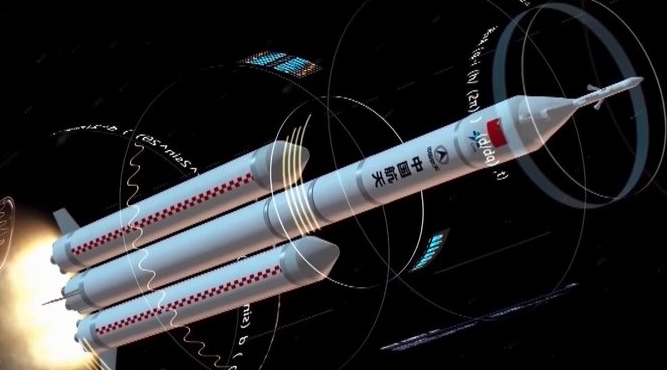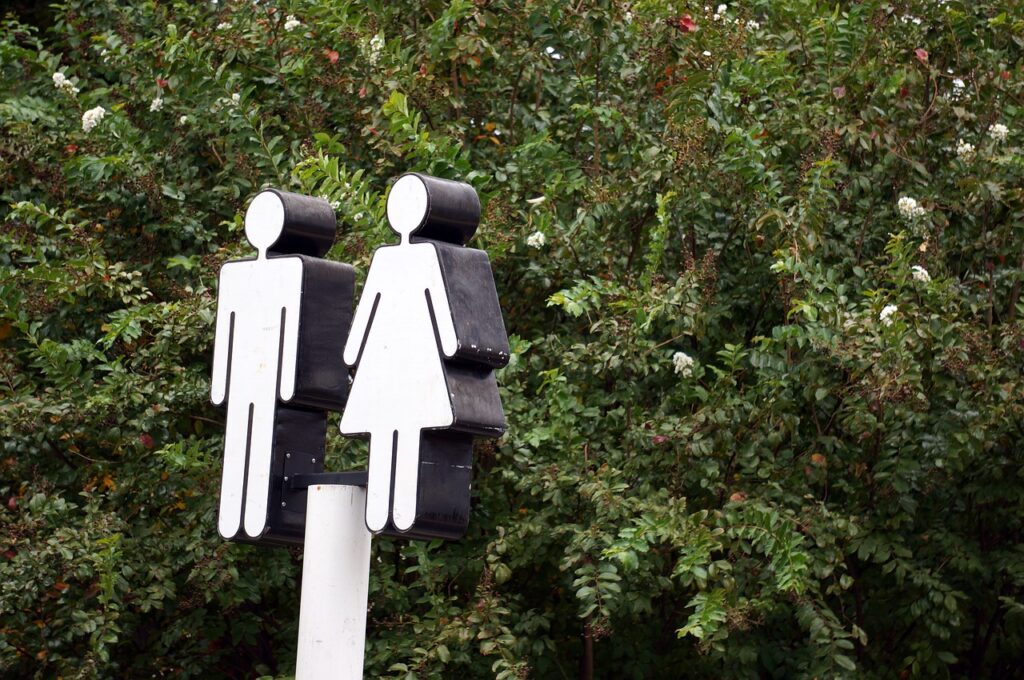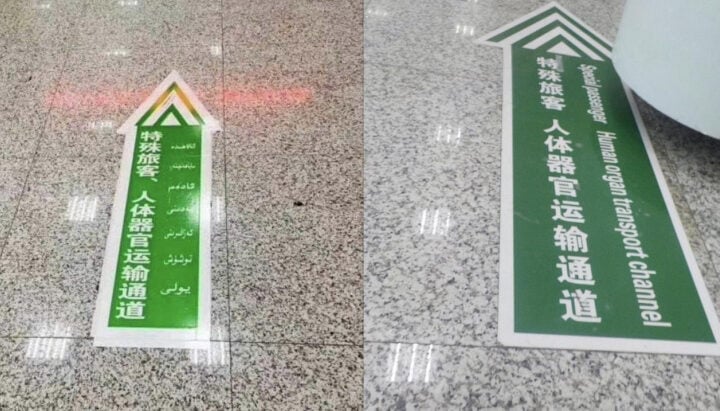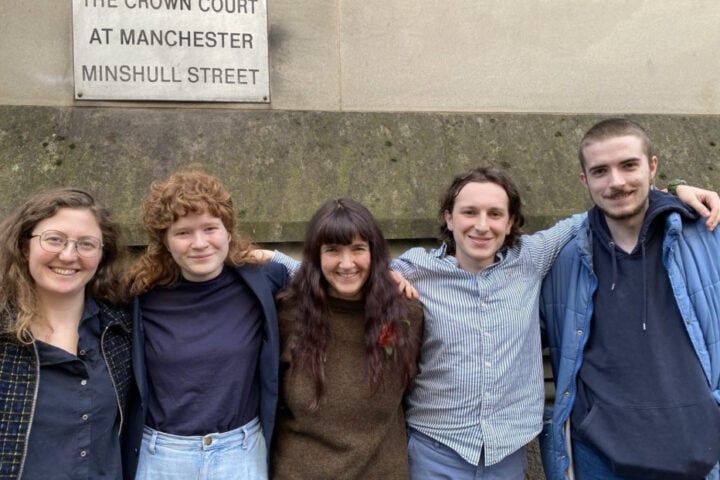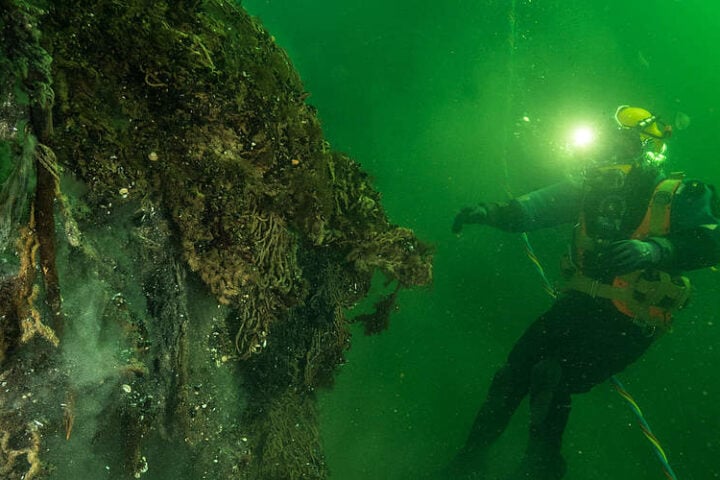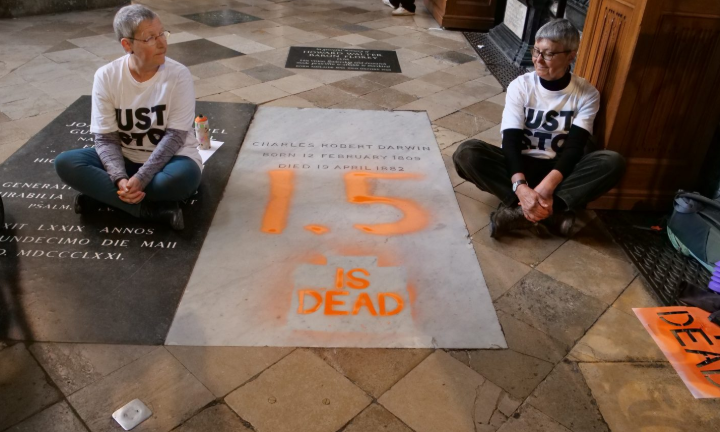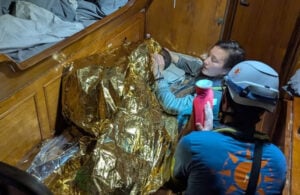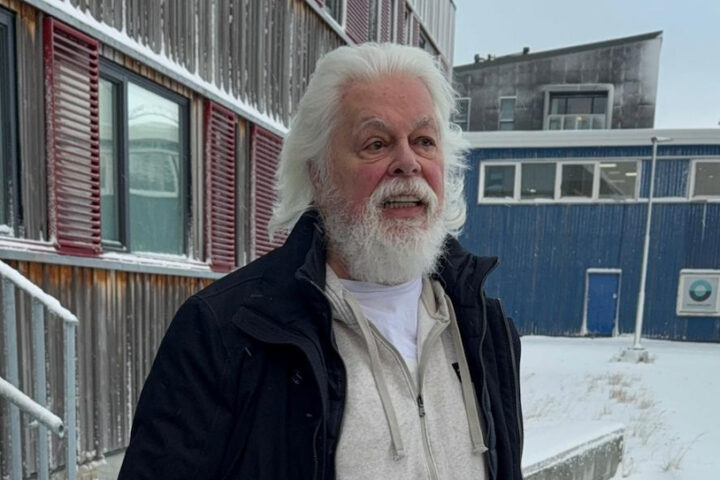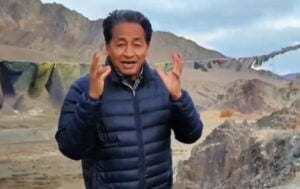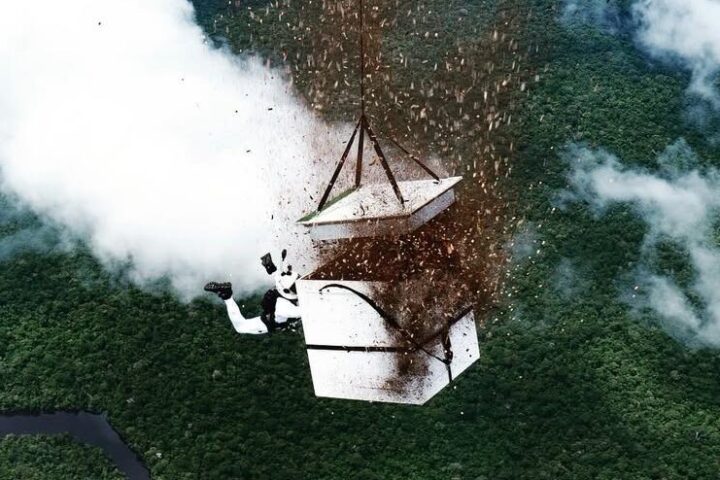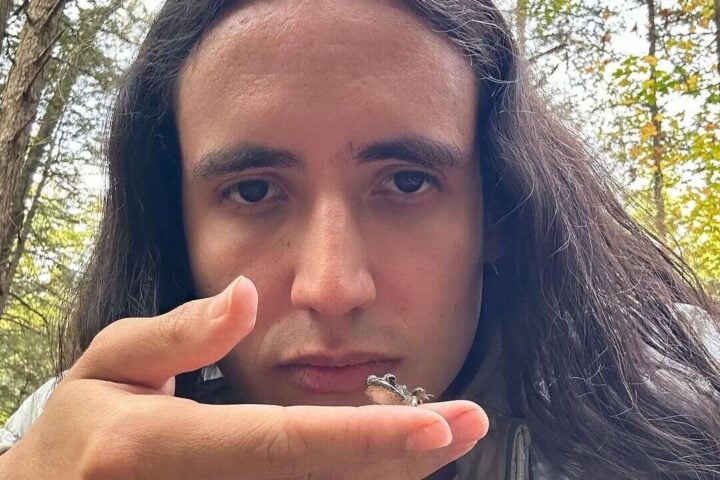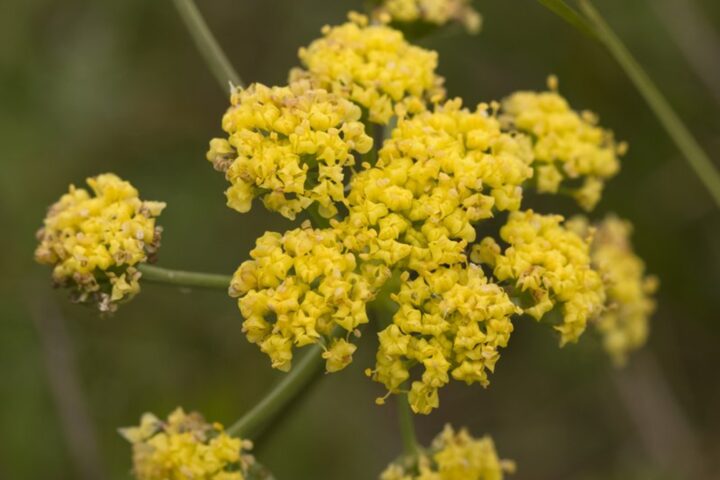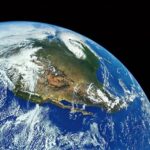Last year, images went viral when green light was given for logging and mining operations in Indonesia, penetrating the rainforest of the isolated Hongana Manyawa tribe. The latest images stir more controversy about the situation in the area. The apparent struggle of two indigenous individuals with an excavator, waving their weapons to express unwelcome, was impactful. In the background of these conflicts is the quest for nickel. To top it off, a recent video making the rounds online, shows several Hongana Manyawa approaching miners who are deforesting their lands, not to stop them, but to ask for help.
According to Survival International, the NGO that shared the video, they were asking for food. “Urgent & disturbing footage shows uncontacted Hongana Manyawa coming out of the forest to beg for food from miners on their land. Some claim this shows the Hongana Manyawa want to make contact but that’s not true. They’re coming out because their survival is being threatened,” the NGO asserted in a post.
AA LaNyalla Mahmud Mattalitti, Senate Leader and a close ally of President-elect Prabowo, empathised with Hongana Manyawa and said that they should be protected from nickel mining on their land. “Immediately intervene to provide protection to the indigenous tribe.” He urged the government.
Indeed, Survival claims to have been in contact with a person from the Hongana Manyawa who expressed that their village is starving as a result of the logging of their ancestral rainforest for mining. The Hongana Manyawa are one of the few isolated tribes, living on Halmahera Island as one of Indonesia’s last nomadic hunter-gatherer tribes. It is estimated there are between 300 and 500 voluntarily isolated members, as well as 3,000 Hongana Manyawa who were contacted in the 1980s and maintain some contact with the outside world. “Mining destroys their rainforest home, and the mine workers bring diseases for which the uncontacted people have no immunity,” the NGO reiterates.
The issue of nickel mining has brought various companies to the area, given that the enclave sits atop one of the world’s largest nickel reserves. This demand has surged in recent years due to nickel’s use in electric vehicle batteries. Weda Bay Nickel, partly owned by French miner Eramet, began mining operations on the island in 2019 and has significant plans to intensify its efforts. According to Survival, German chemical company BASF is seeking to partner with them in Halmahera for a major smelting project, essentially converting nickel into a grade usable for electric vehicle batteries. Despite Weda Bay Nickel’s claims that their mining concessions are not near the lands inhabited by isolated peoples, Survival has leaked documents indicating that the company hired anthropologists who warned about the presence of isolated Hongana Manyawa individuals in the area and its surroundings.
Tesla has invested $5 billion with the Indonesian government so far, partnering with several companies connected to Weda Bay mining on the island. Musk’s company’s agreement to buy nickel and cobalt underscores the ethical complexities involved as Tesla states they “expect” their mining industry suppliers to “engage with legitimate representatives of indigenous communities and include the right to free, prior, and informed consent in their operations.” Yet, Tesla is also linked to business with other less “dialogue-oriented” companies on the island, such as the Chinese Huayou Cobalt or CNGR Advanced Material.
However, the plight of the Hongana Manyawa tribe has received the direct attention of the Indonesian central government and many around the world. Lanyla’s statements come just after Tesla’s recent suggestion for a mining no-go zone to protect the habitat of indigenous people in Indonesia. Tesla mentioned the proposal in its 2023 Impact Report, issued in May, after Survival International supporters sent more than 20,000 emails to all the involved companies and the Indonesian government for a mining no-go-zone.
Preciously, an indigenous Hongana Manyawa sent a message to ev makers and buyers through Survival, pleading, “This is the message directly from the forest, please don’t destroy our forest, we need it.” Lanyalla reminded Indonesia’s 1945 Constitution which specifically recognises the protection of Indigenous tribes. “Whatever form it takes, I ask that development does not displace the surrounding communities, especially the indigenous tribe who lives in the interior, where they depend on the forest,” he added.
Similar Posts
This development highlights a broader issue: the paradox of “sustainable” cars. Although electric car consumption is considered better for the planet than combustion engines, it still has externalities, such as its supply chain leading to material shortages and, indirectly, the destruction of forests and indigenous peoples. “This is an unprecedented announcement and offers a lifeline to the uncontacted Hongana Manyawa. The solution is clear: Their territory must be protected and must be free from mining and other developments. Eramet and other companies must abide by international law and stop mining on these territories, where they clearly have no consent,” Survival’s Director Caroline Pearce asserted. “Time is ticking for the uncontacted Hongana Manyawa. Their territory must be urgently protected, with a no-go-zone established before it’s too late,” Caroline concluded.

